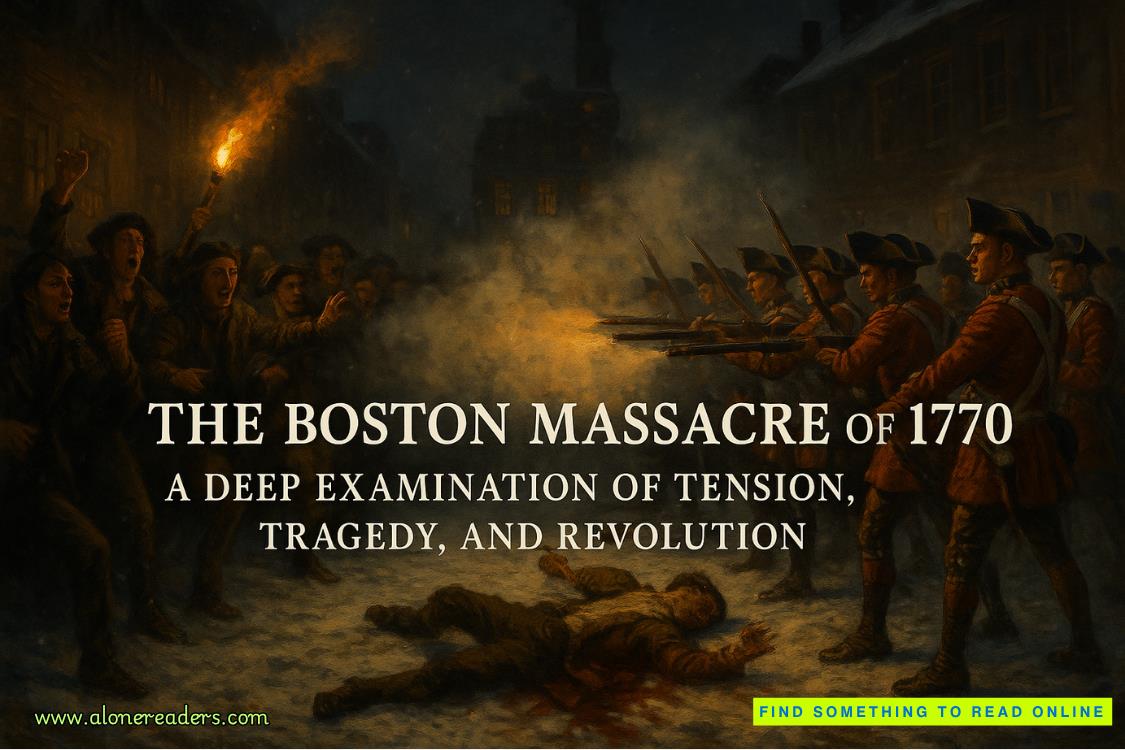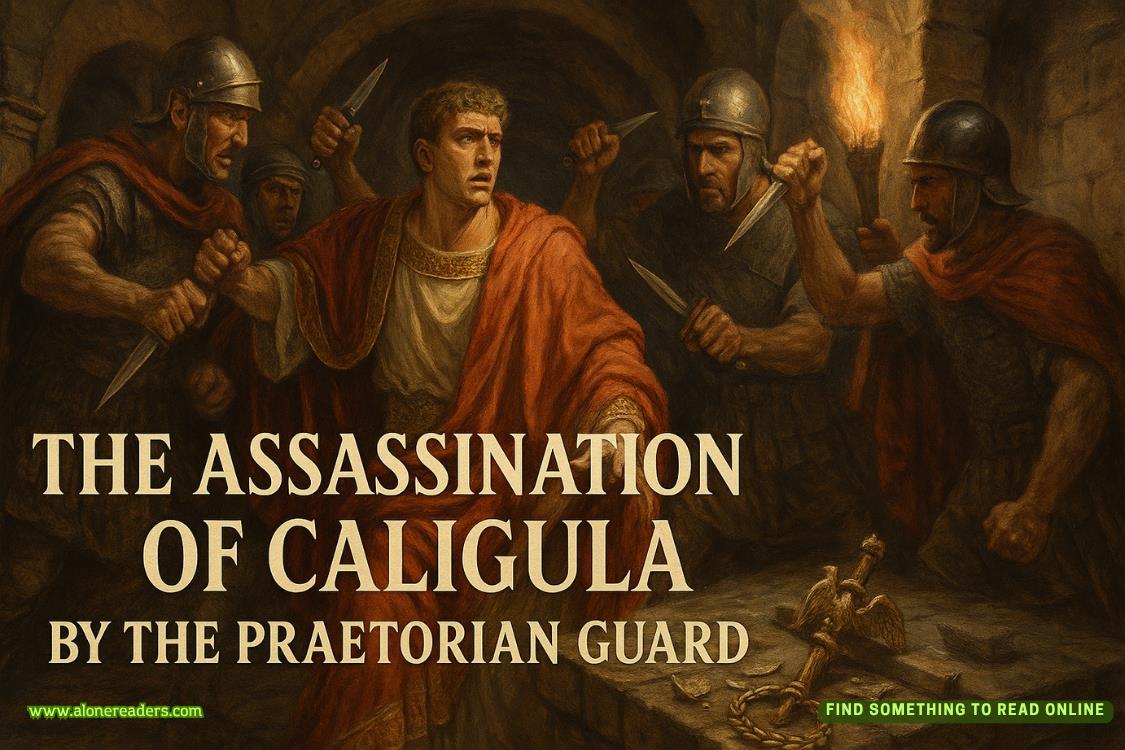Page 76 of Unnatural Death
“… Oh. I see … Well, you timed it perfectly because she just walked in …,” Shannon is saying on the phone.
… I told Special Agent Mullet that the one to be looking into is the kid. His behavior has been off-the-charts suspicious since his stepfather was killed. The FBI is concerned he’s become radicalized …, the transcript reads.
“… Yes indeed, the day from hell sums it up nicely,” Shannon says. “Hold on. Let me ask.”
Instead of muting the call, she cups her hand over the receiver as if it’s the 1980s, confirming that Faye Hanaday is on the line. She’s wondering if I could drop by her lab. There’s something I should see, and she wouldn’t bother me at this hour and after the day I’ve had if it wasn’t important.
“It sounds rather urgent,” Shannon informs me in a stage whisper. “I get the sense it’s not good news, I’m sorry to say.”
The first thing that comes to mind is the plaster cast Marino made. Maybe Faye has figured out that the footprint is fake. Or maybe it isn’t. I’m not sure which would be worse.
“Tell her I’ll do it now on my way out,” I reply, and Shannon passes along the message.
“You’re not driving home alone, are you, Doctor Scarpetta?” She looks disapprovingly at me as she hangs up the phone. “I’m most unhappy the police left. I didn’t mind having them parked around our building. It would be fine with me if they did it all the time.”
“The bodies are gone from our facility and are Henry’s problem now. He’s the one who needs police protection most of all. But that doesn’t mean we’re out of the woods with the media or anybody else interested.” I envision Carrie’s disfigured face, her cold eyes. “I won’t be ready to leave for at least twenty, thirty minutes because I need to see what Faye wants. But if you don’t mind waiting, I’m happy to give you a ride, Shannon.”
“It’s out of your way and I wouldn’t think of it. I’ll be fine and don’t want to be stranded without my car any more than you do.”
I don’t like the thought of her alone in our parking lot right now, and I can’t count on Norm. I send a text to Marino asking him to make sure Shannon gets to her car safely. I tell her that’s not negotiable and to let him know when she’s ready to leave.
“Once you’re home please text me.” I check the latest weather update. “The wind chill is supposed to drop below zero, and I don’t want any of us stranded on the roadside.”
“You have a good night, dear,” Shannon says. “Be sure to drink a toddy or two and eat something delicious. It will do you a world of good.”
Locking my office door, I follow the deserted hallway, no one left inside the building except a few of us. I’m reminded of how I felt when COVID was at its worst and most people were working from home or not at all. My medical examiners came in on a staggered schedule unless they couldn’t.
Two from this office were sick, including Doug Schlaefer, and others had family members who were hospitalized. I remember the surreal sensation of being the only human left on the planet except for our patients in their nondescript cheap body bags. I’d walk the empty hallways, trudging up and down the deserted stairs while avoiding the elevator. God forbid it should quit when nobody else was here.
Our building has thick concrete floors and walls, some reinforced with steel. There are plenty of dead spaces when I’m trying to use my mobile phone. I had existential thoughts about being trapped for days. Maybe that’s how my life would end, inside an elevator going nowhere. What was supposed to last months stretched on for the better part of two years, and at times it seemed I was living in a virtual reality.
The TV is still playing inside the breakroom as I walk past, and I don’t hear anyone talking. Marino’s no longer there. Maybe Norm is doing his job and making the rounds, but I’m not counting on it. Beyond the elevator, I take the fire exit stairs, emerging on the second floor, where work areas and offices are locked up and dark. Around a corner in a wing by itself is the firearms and tool marks suite of labs.
First stop is the indoor range where we shoot at targets, clothing and ballistic gelatin from different distances to reconstruct shootings. There’s a two-hundred-gallon water tank for recovering spent rounds from guns connected to violent events. The police bring in an astonishing array of weapons for us to examine, most of them locked up inside a vault the size of a two-car garage.
When the range is in use, I can hear the dull thumping from the hallway as bullets are fired into water or the metal trap. But it’s quiet now, the light green outside the door, nobody home.
CHAPTER 29
FAYE HANADAY’S WORKSPACE IS next door in a big open room where evidence is processed and analyzed. I can’t see inside because the blinds are drawn, and I knock.
“Faye? It’s me!” I call out while opening the door, no one inside but her at this hour.
“Glad you could stop by.” She barely looks up amid clutter you might expect to see inside a workshop or a torture chamber.
I catch glimpses of hammers, saws, knives, machetes, shanks, brass knuckles, stun guns, tactical batons, a weaponized drone, a booby-trapped mailbox, pistols and their components, including 3-D-printed ones. The variety is endless and depressing, spread out on paper-covered tables where the examiners work with forensic light sources and fluorescing chemicals.
Propped against walls are damaged windows and doors sooty with fingerprint dusting powder. Stacked in corners are tires. On shelves are tread patterns and footwear impressions cast in white plaster, everything tagged with case numbers.
“What’s going on?” I close the door behind me.
“Lock it.” Faye is surrounded by large computer displays inside a cubicle that’s open on one side.
“I know you don’t have a view.” I walk past empty computer workstations, each equipped with a comparison microscope and ring lighting. “But it’s snowing and sticking.”
“Which is fantastically wonderful,” Faye says. “Fabian and I plan to go sledding tomorrow. If there’s enough snow, we’ll build an igloo and camp out in it, which is so much fun if you’ve never done it.”
In her midthirties, Faye brings to mind a funky rock star, decorating her clothing with embroidery and sequins, her rainbow-tinted hair short and spiky. A savant when it comes to recognizing patterns, she’s not the gun enthusiast one would expect. The few she owns are only for self-protection.















